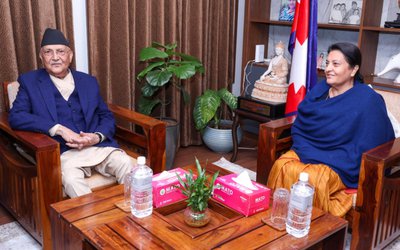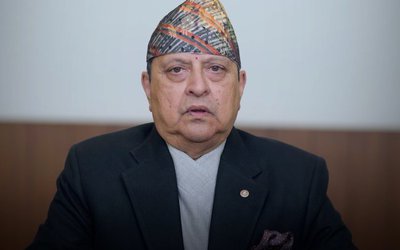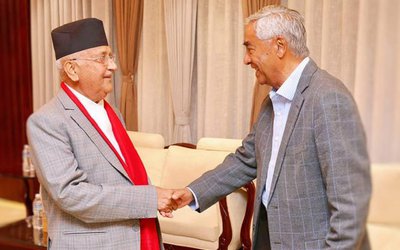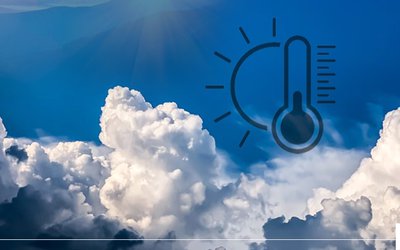More on Opinion




The Kulekhani high dam was in danger of being completely washed away just a few years after the completion of its construction. Implementation of extensive civil engineering works in a very short period based on the recommendation of a panel of top geotechnical experts from four different countries, viz the USA, Canada, Australia and Japan helped to prevent the disaster that could have resulted in many thousands of deaths apart from plunging the entire country into economic despair. How the Kulekhani dam was on the brink of collapse must serve as a lesson to our policy makers and planners. We can learn from it that even minor lapses in implementation of high dam projects could have disastrous consequences for the entire country.
Problematic Geology
Government was about to take the decision to implement the Kulekhani high dam hydropower project. It was a time when a few years earlier the world was terribly shaken by two major high dam disasters. In December 1959 the Malpasset Dam built in France had collapsed. Similarly, in 1963 in Italy the Vaiont Dam disaster was accompanied with a 200 feet high wall of water sweeping into downstream villages, wiping out everything in its path. Both disasters were consequent upon poor geology.
At that time I was not yet associated with the then Ministry of Water Resources though I used to take a great deal of interest in hydropower civil engineering problems of our country. I got the impression that the geology of the Kulekhani dam area could be problematic based on general study of the project reports and site visit. I published about it in our daily newspaper “ The Rising Nepal”.
Storm of Criticism
Publication of my article to my great astonishment was met by a storm of widespread criticism. Even the newspaper like “Times of India” had reported that our government establishments as well as the World Bank authorities in Washington were terribly concerned about the issue raised in my article. Government had even published a statement to repudiate my viewpoint on geology of Kulekhani. Government too had good reason to be confident about the correctness of its statement because the investigation works as well as the design of that project was done by one of the world’s leading consulting firm. It was rumoured that some critics had not hesitated even to demand punitive action against the publication.
The argument over Kulekhani high dam problems slowly subsided and it was almost forgetton. But the Kulekhani dam geology problem was out of the public attention only for a short period. Some years after the completion of the project construction all of a sudden our country was shocked by the news that the Kulekhani high dam might be on the brink of collapse. At that time I was in the Ministry of Water Resources.
Looming Dam Disaster
Canadian Water Resources expert Dr. John Cooper had reported after his visit to the project site that deep cracks threatening to be extremely dangerous for the safety of the high dam have already developed over a large area just upstream dam around the intake structures. It was feared that a very large mass of the right bank would slide and plunge into the reservoir triggering the giant waves overtopping the earthen core dam. It became obvious that the Kulekhani dam was almost certain to collapse if prompt action is not taken to complete the necessary engineering works in time before the onset of the coming monsoon season to prevent the dam failure. A similar type of rock sliding into the reservoir had resulted in 1963 Vaiont Dam disaster in Italy.
The gruesome news about the imminent danger of dam disaster quickly spread and it was widely covered in local newspapers. Foreign experts and donor agencies operating in Nepal also were perplexed by this latest development in Nepal. Some foreign agencies appeared to have even started to sound out our government on the question of relocation of people at great risk in the event of dam failure.








